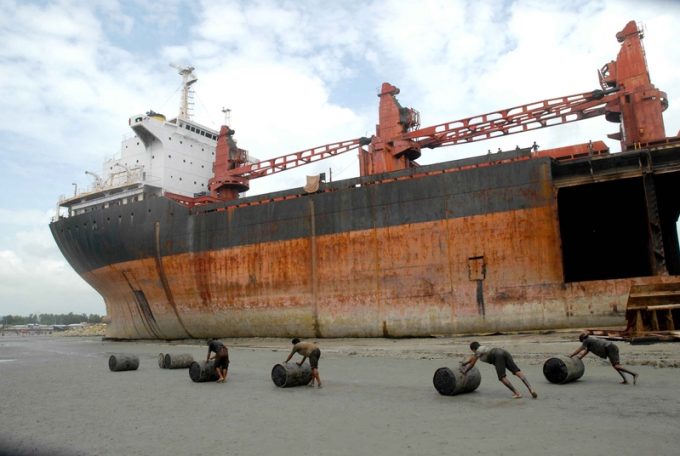'Bitter-sweet' MEPC 83 follows COP 29, narrowing scope of climate commitments
IMO’s Marine Environment Protection Committee (MEPC) 83 meeting, meant to establish robust mid-term decarbonisation measures, ...

Older ships are no longer being categorised as ‘waste’ for the purpose of EU law, meaning European-flagged ships can now legally be scrapped outside the EU.
Almost all vessels are scrapped in India, Pakistan or Bangladesh, but Turkey has been the only eligible scrapping destination for ...

Comment on this article